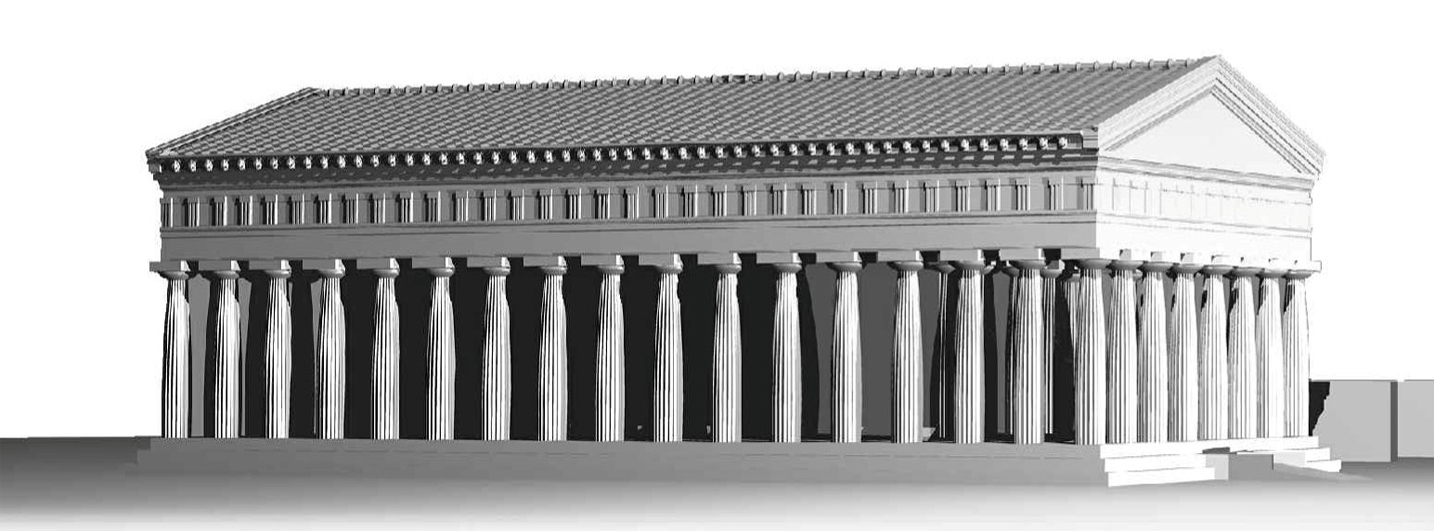
by Francesca Cantone
Learning and teaching archaeology, particularly in the field of academic education, involves ICT with regard to two main activities: ICT as a key issue applied both in teaching strategies and in the learning process, and ICT as a topic in itself, that is as an aspect of the development of the methods pertaining to the archaeological discipline. This kind of dual relationship affects different methodological aspects and theoretical backgrounds, but, as a matter of fact, scientific research on computational methods in archaeology is more often related to the use of ICT as an educational support.
The definition of the area is a difficult task, since on the one hand the controversial institutional status of archaeological informatics still lacks universal acknowledgement, while on the other hand the studies on didactic technologies and methodologies use a cloud of often overlapping terms: “distance/remote/digital/e-/virtual learning”, “technology/computer/ICT/Internet/web-based/assisted/aided/enhanced learning”. The subject is already quite vast in its own, without taking into consideration educational aspects encompassed in archaeological communication, informal and non-formal learning in museums and cultural or touristic experiences, vocational learning activities conducted within cultural heritage institutions.
Educational technologies help improve education quality by impacting personalization, flexibility in time and space, modularity, interdisciplinarity; however, the simple adoption of technological tools does not guarantee the students’ effective engagement and learning, while a key feature is the selection of the appropriate pedagogical models (erogative, participative, social, constructivist, etc.) that better fit the various archaeological teaching and learning purposes. From the teachers’ point of view the range of applications in archaeology includes both training on specific software and hardware tools, and designing or using multimedia and audiovisual contents, Learning Management Systems (LMS), Multi User Virtual Environments (MUVE), mobile computing, Virtual/Augmented Reality systems, and social platforms.
Interest in integrating technology into Higher Education dates back to the early 1970s in the UK, for instance through the London Open University; in this perspective various projects involved also archaeology (Glasgow, Hull, York, Southampton, Leicester, Bristol). These initiatives aimed at developing digital resources to be used in teaching archaeology, like multimedia packages, courseware, software; for instance, the Archaeology Data Service was very active in creating digital learning contents about various aspects of archaeology. At the same time, computers appeared also in university classrooms, for instance Clive Orton used the Hypercard software in his courses on quantitative methods for archaeology.
In France we can mention, as one of the earliest experiences, the Seminar on Semiotics and Computers held by Jean-Claude Gardin at the École Pratique des Hautes Études. Over the years, the French school has developed an extensive debate on the role of informatics in the academic curricula of historic disciplines.
In the USA various projects were promoted in the last decades of the 20th century in order to develop online repositories of educational resources about archaeology and history, like Perseus and Learningsites. At the beginning of the new Millennium, the MIT Open Courseware can be considered a well-known example of the increased interest in university e-learning.
In Italy the introduction of ICT in teaching archaeology at universities is affected by the debate on the acknowledgement of humanities computing and digital archaeology as academic disciplines: from the 1970s onwards the first experiences were mainly conducted in archaeological laboratories, as in Pisa, Lecce and Siena; then informatics modules were introduced in humanities courses dedicated to the conservation of cultural heritage (e.g. in Udine). The results of these first experiments and the prospect of creating new professional profiles were discussed during a conference organised in Naples, at the “Federico II” University, by Mauro Cristofani in 1991. In this period, distance learning projects started, among which the Consorzio Nettuno project, mainly based on video-lessons.
At the beginning of the 21st century, the Italian academic system was reformed by a Ministerial Decree that allowed new degrees to be designed; in this scenario humanities and computing were blended in various new initiatives, with different levels of implementations and results. In the meanwhile universities became more and more active in promoting e-learning, as reported by an official survey by the Conference of Italian University Rectors. In 2003 Tito Orlandi and Raul Mordenti published an article in the Journal «Archeologia e Calcolatori» on the academic status of digital humanities, remarking the ICT increased interest in the Humanities field, albeit in the lack of a homogeneous approach.
Recently, research work on open archaeology in Italy has focused on adopting open approaches in academic didactics. For instance, over the last two decades the University of Naples “Federico II” promoted research projects on cultural heritage communication and archaeological informatics (e.g. the pioneer creation of the Virtual Museum of Hera at Foce Sele), focusing specific attention to educational technologies applied to cultural heritage. Blended-learning and e-learning strategies have also been widely used. The course on Archaeological Informatics in standard e-learning SCORM format – a Multi-User-3D Environment for archaeological communication – and the Master in blended learning in Multimedia Environments for Cultural Heritage, supported by open source software, are other relevant initiatives. More recently, archaeological didactic activities supported by open source software both on field and in laboratory have been experienced also in the Universities of Padova and Foggia.
In the knowledge society scenario, archaeological disciplines are subject to increasing pressure from information updating requirements; the definition of an archaeological digital literacy is a promising approach to this new challenge. Favourable outlooks relate to improving personalization and assessment of new competences; furthermore, a new trend towards integrating mobile, virtual and augmented reality systems into educational processes can be reported.